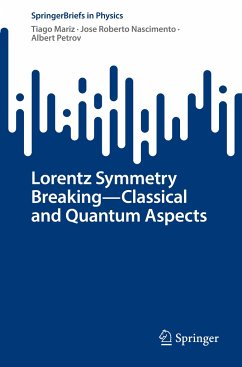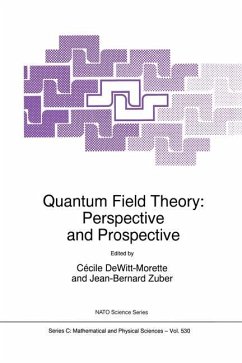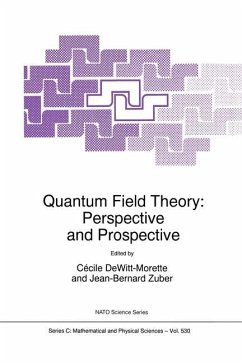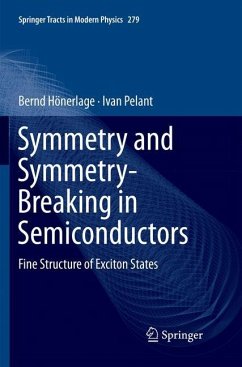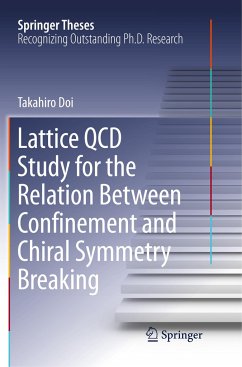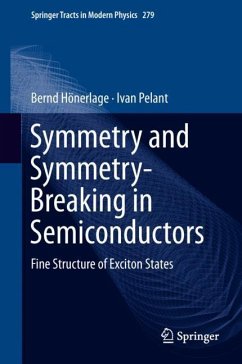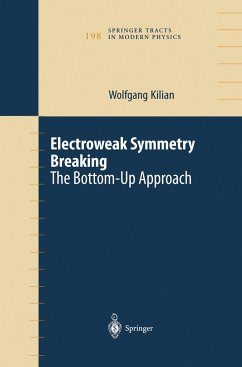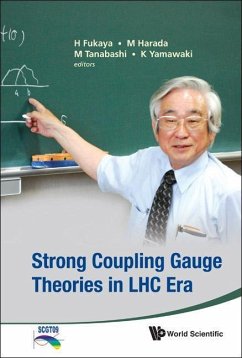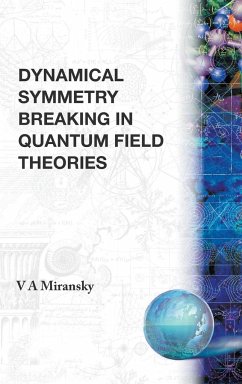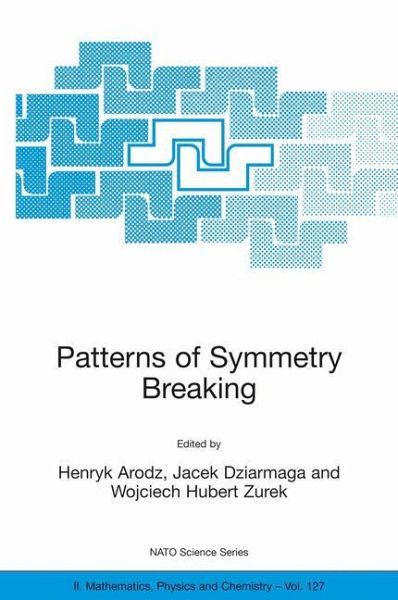
Patterns of Symmetry Breaking
Versandkostenfrei!
Versandfertig in 1-2 Wochen
231,99 €
inkl. MwSt.

PAYBACK Punkte
116 °P sammeln!
The conceptofspontaneous symmetry breaking plays a fundamental role in contemporary physics. It is essential for the description of degenerate ground states, massless modes, and topological defects. Examples are abundant in condensed matter physics, atomic and particle physics, as well as in astro physics and cosmology. In fact, spontaneous symmetry breaking can be re garded as a cornerstone ofa whole branch ofphysics which intersects the above mentioned traditionally distinct fields. In the year 2000 the European Science Foundation (ESF) started the Pro gramme "Cosmology in the Laboratory" (C...
The conceptofspontaneous symmetry breaking plays a fundamental role in contemporary physics. It is essential for the description of degenerate ground states, massless modes, and topological defects. Examples are abundant in condensed matter physics, atomic and particle physics, as well as in astro physics and cosmology. In fact, spontaneous symmetry breaking can be re garded as a cornerstone ofa whole branch ofphysics which intersects the above mentioned traditionally distinct fields. In the year 2000 the European Science Foundation (ESF) started the Pro gramme "Cosmology in the Laboratory" (COSLAB), with the goal to search for and to develop analogies betweencondensed matterphysics, particle physics, and cosmology. Not surprisingly, spontaneous symmetry breaking is among the most useful notions in that endeavour. It has been decided that in the sec ond year of the Programme a School should be held in order to work out and deliver to a wide audience of students synthetic overviews of achievements and of current research topics of COSLAB. This idea has been supported by the Scientific and Environmental Affairs Division of NATO by including the School in the renowned series of its Advanced Study Institutes. The School, entitled" Patterns of Symmetry Breaking", was held in Cracow during 16-28 September 2002. It gathered 17 lecturers and about 60 students. The present volume contains notes ofmost of the lectures from that School. We hope that of the physics of spon it will convey to the reader the breadth and the beauty taneous symmetry breaking.






